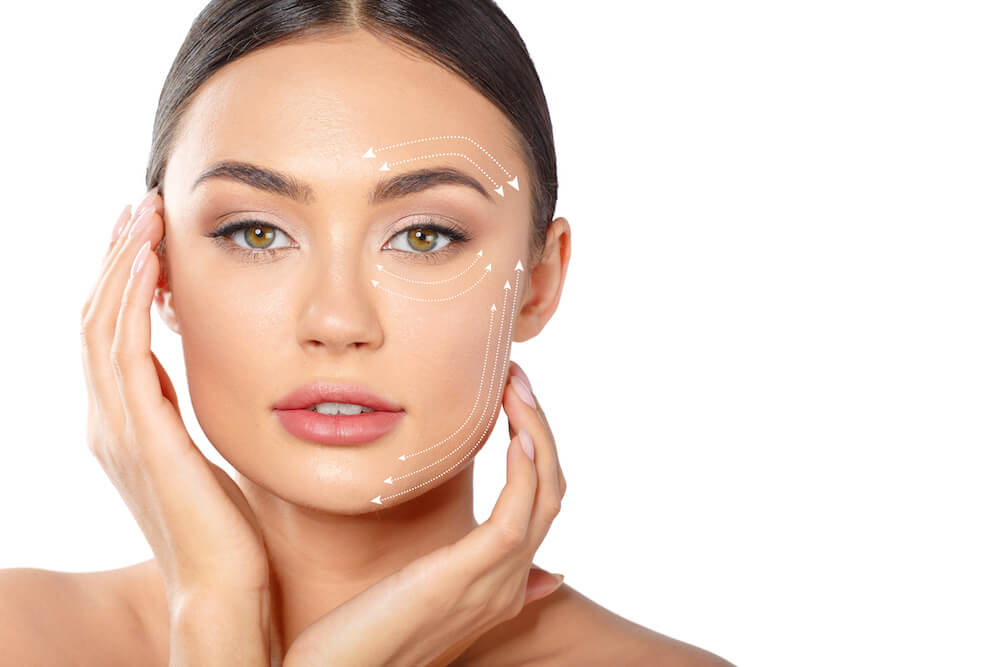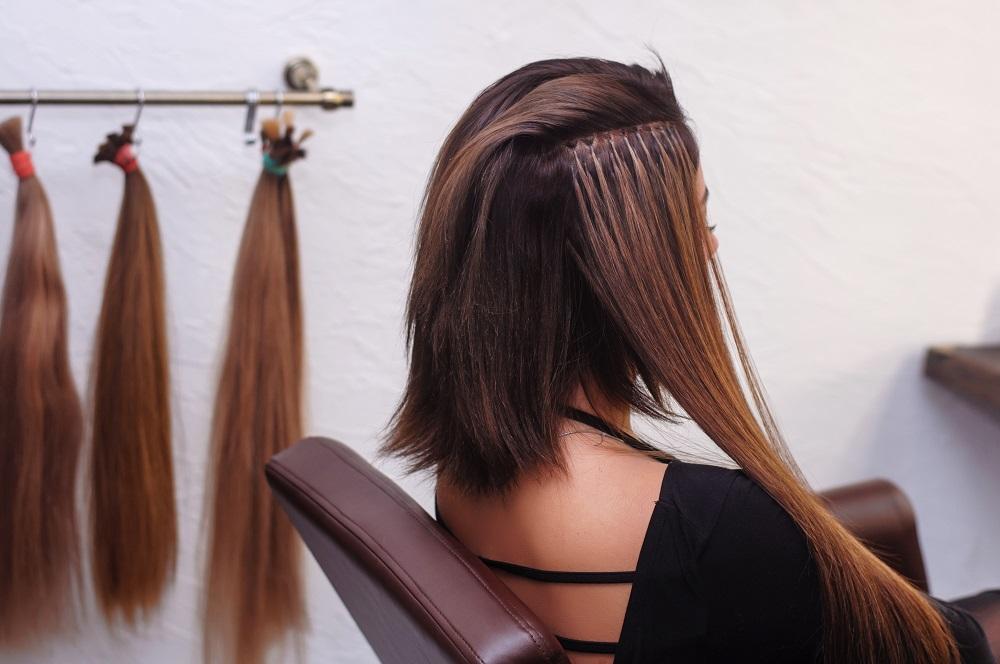The beauty industry is of great importance as it caters to a critical need to look and feel beautiful. This industry includes everything from cosmetic products to salons to health clubs and even cosmetic surgery. It is expanding with increasing demand for products and services. Salons and spas are ubiquitous and can be seen everywhere. Increasing demand for beauty therapists and other professionals is also there, making health and beauty courses more relevant. This industry is very profitable, and entrepreneurs have invested a lot of money in it. The demand for products vary, and these statistics are great to understand how the industry works and how the people respond. Let’s look at some recent trends in the beauty industry.
- Demand for Skincare – Recently, the need for skincare products started increasing. It now makes up about 19% of the industry. It is mainly due to the desire to have perfect skin without having to use makeup. Products for preventing wrinkles and other signs of ageing like moisturisers and exfoliants are also gaining popularity.
- Natural and Organic Products – People are becoming more and more conscious about what goes into the products they’re using. The cosmetic industry, which used to run exclusively on chemical ingredients, had to adapt and use natural ingredients to cater to that demand. The chemicals are harmful to both the buyer and the environment. It made people choose natural products even if they cost a little more. Eco-friendly packaging is also a factor that influences customer preferences. Some people even limit themselves to using products that are safe enough to eat.
- DIY Trend – With salons and other similar businesses being non-essential during the pandemic, the alternative people resorted to was doing their pampering at home. It created a demand for DIY kits like nail and facial kits that have skyrocketed. Youtube videos and tutorials related to this also gained popularity.
- Moisturising Sanitisers – Even though sanitisers aren’t a conventional beauty product, they were added to the lineup by many manufacturers. Since sanitisers are alcohol-based, they make the skin dry. This lead to the creation of moisturising sanitisers. These sanitisers have moisturising ingredients and also maintain an adequate amount of disinfectant.
- Scalp Care – With skincare gaining popularity, people started to treat their scalps better, thereby preventing or fixing issues like a dry scalp and encouraging healthy hair growth. A scientific approach is taken to achieve this with trichology, the study of hair. Products like detoxes and serums are some of the popular products for scalp care.
- Inclusivity – The beauty industry has been focused on catering to a relatively small demographic of comparatively fair-skinned people. But this is changing as many companies are including more makeup suited to a wider variety of skin tones. The products are also designed to fit different skin types too. Proper participation and representation of models and influencers are also being ensured, as equal chances weren’t given before.
- Career Opportunities – Properly trained beauty professionals are always in need. Even with the pandemic, visiting professionals are often consulted. There are many benefits of working in this industry like good pay and a relaxed work environment. Many institutions offer different health and beauty courses ranging from beauty therapists to salon management.
The beauty industry has seen a lot of development in terms of both product quality and inclusivity. These developments will continue to inspire more positive changes in the future, making the industry more accessible.










